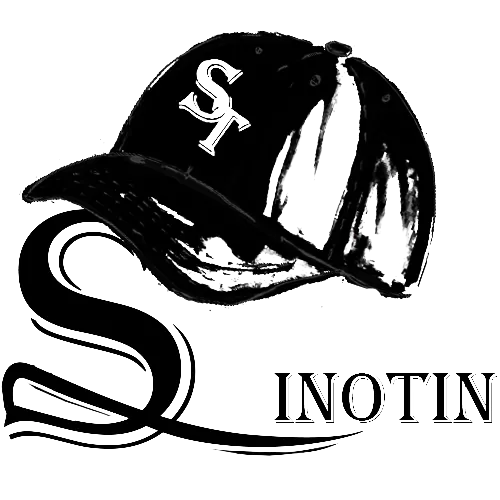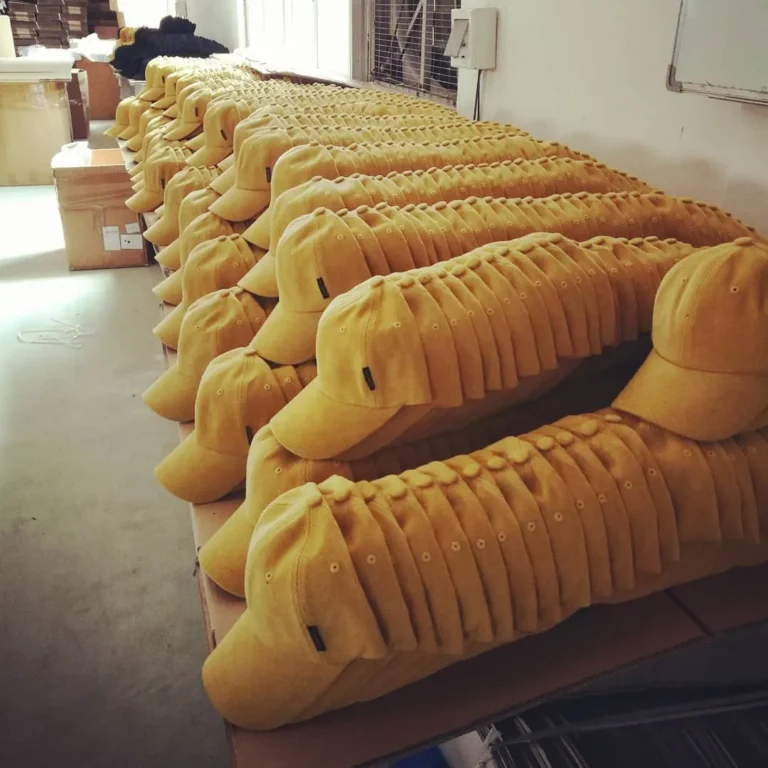As two different craft technologies, embroidery and printing are widely used in clothing, household goods and other fields. They each have unique advantages and disadvantages. The following is a detailed analysis of the advantages and disadvantages of embroidery and printing:
Advantages and Disadvantages of Embroidery
Advantages:
Strong three-dimensional sense: Embroidery embroiders patterns on fabrics through needles and threads, which has a distinct three-dimensional sense, making the patterns more vivid and three-dimensional.
Rich texture: The gloss, thickness and changes in embroidery thread and embroidery needlework can present a rich texture and enhance the grade and beauty of the product.
Durable: The embroidery pattern is relatively firm and not easy to wash off, which is suitable for products worn or used for a long time.
Suitable for small area patterns: For small area patterns that require fine decoration, embroidery can show higher fineness and beauty.
Disadvantages:
High cost: The embroidery process is relatively complicated and requires professional equipment and manual operation, so the cost is relatively high, especially for embroidery of large areas or complex patterns.
Slow production speed: Since embroidery needs to be embroidered stitch by stitch, the production speed is relatively slow and not suitable for mass production.
Advantages and Disadvantages of Printing
Advantages:
Rich colors: Printing can present rich colors and gradient effects, which is suitable for expressing patterns with high color levels and fineness.
High production efficiency: The printing process is relatively simple, suitable for mass production, and can quickly meet market demand.
High cost-effectiveness: In mass production, the cost-effectiveness of printing is relatively high, which can reduce the cost of unit products.
Wide range of applicable fabrics: The printing process is applicable to a variety of fabrics, including cotton, linen, polyester, etc., which can meet the needs of different products.
Disadvantages:
The pattern is easy to fall off: The patterns of some printing processes (such as thermal sublimation and heat transfer) may fall off due to washing, affecting the beauty and durability of the product.
High requirements for fabrics: Some printing processes have high requirements for fabrics and may not be suitable for all types of fabrics.
Limited resolution: Although printing can achieve high-resolution patterns, some printing processes (such as screen printing) may be limited when processing complex patterns and multiple colors.
In summary, embroidery and printing each have their own advantages and disadvantages. When choosing, you should make comprehensive considerations based on product demand, cost budget, production batch and other factors to select the most suitable process technology.






